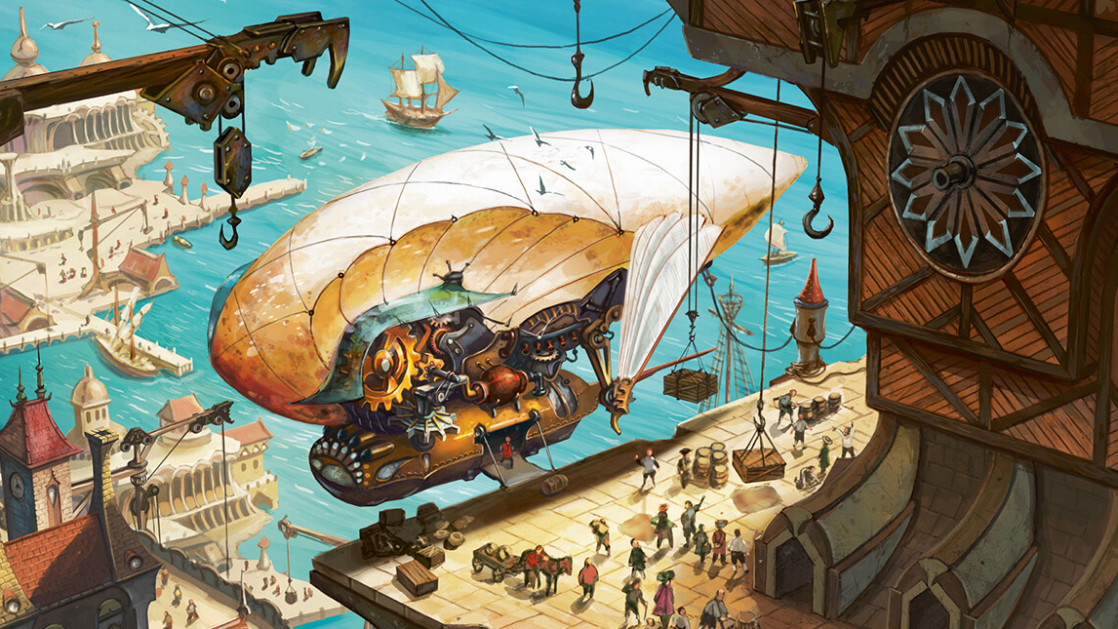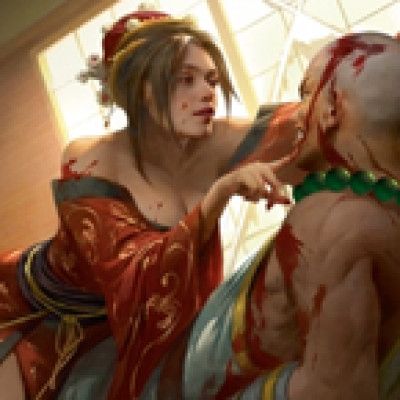I took Puffin to US Nationals.
This isn’t my first time locking in a hero before a big tournament during that hero’s spoiler season. My first article on the Rathe Times was about my beloved Nightmare Nuu deck, a very extreme version of Nuu I built during her spoiler season. In some ways, that deck was ahead of its time - but in other ways, it wasn’t complete as a deck, and its weaknesses were soon exploited. Regardless of its long-term prospects, Nightmare Nuu gave me some of my best early tournament results at its debut Calling; I had a lot of fun with it, and it helped develop confidence.
So I decided to lock in on a reveal hero again! This time, I was preparing for a much bigger tournament - Nationals instead of a Calling - and because spoiler season had started so much later, I had even less lead time!
Let’s see how that worked out for me.
Before we get into this, a few shoutouts. Prepping for Nationals with a new deck is insanely difficult for a myriad of reasons, but the following resources helped make the process much smoother and more efficient.
Firstly, Talishar (and the devs at Talishar). Nearly every day I was playing 10-12 games on Talishar to test out different builds and configurations of the deck. I would not have gotten nearly as far as I did without their help. They also coded the new spoilers ludicrously quickly, which allowed more prep time than expected.
Secondly, my extended testing group - with special thanks to brewing experts in my community. There are too many people to explicitly name, but those of you who helped me brew know who you are.
Early Prototypes
After spoilers were fully revealed, Puffin seemed like a very interesting - if admittedly confused - hero. How strong was Conquerer of the High Seas? How reliable was the "yellow matters" pirate sub-theme? How many Copper Cogs did the deck need? What about other crank items?
Initially, I attempted to focus on what seemed to clearly be the strongest cards in the pool. I wanted consistent cogs for Palantir Aeronought and Cogwerx Dovetail, and I wanted a density of blues to meet the requirements of Conqueror's high tide.
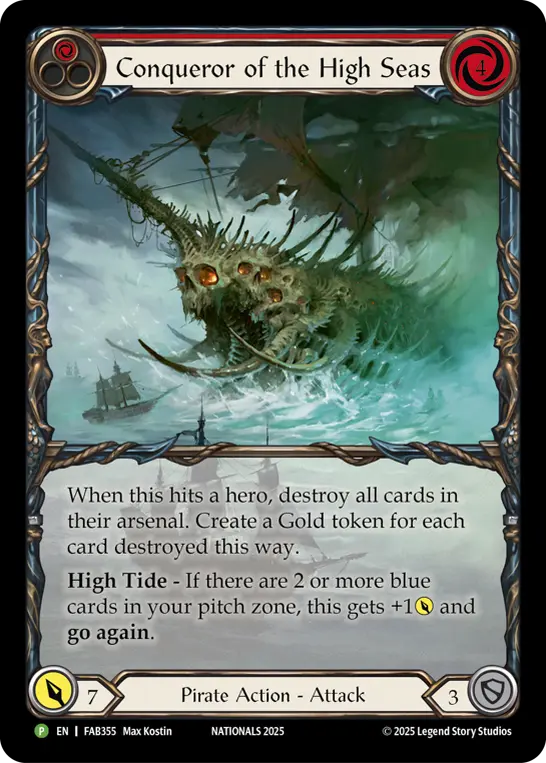


For a while, this build felt exceptionally strong on Talishar. You had powerful plays on both offense and defense, and had a versatile sideboard of generics to help with different problem matchups.
Then came in my first major hurdle of testing.
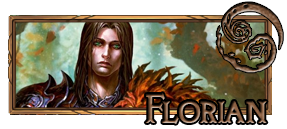
While going through testing, I try to get games into all of the top decks to see how the list fares. Into most of these top decks - especially the aggro ones - the list felt exceptionally powerful. However, Florian games proved nearly unwinnable, even with tight play and usage of an early all-star in the list (Backup Protocol: Red).
The problem with this early “Pirate” build into Florian was that much of your cog generation relied on your opponent attacking you. Without them, your power turns are few and far between, while Florian is killing you too fast to consistently pitch stack. This tragedy of circumstance had me doubting my early lock-in. Was Puffin simply doomed in a Florian meta?
Boosting the Machine

Weapons
- Spitfire (1)
Equipment
- Achilles Accelerator (1)
- Crown of Dominion (1)
- Cogwerx Tinker Rings (1)
- Crown of Providence (1)
- Balance of Justice (1)
- Unicycle (1)
- Misfire Dampener (1)
- Teklo Foundry Heart (1)
- Viziertronic Model i (1)
Loadout
- Copper Cog (Blue) (12)
- Fast and Furious (Red) (3)
- Boom Grenade (Red) (3)
- Cloud Skiff (Red) (3)
- Cognition Nodes (Blue) (1)
- Cognition Field (Red) (3)
- Jolly Bludger (Yellow) (3)
- Cog in the Machine (Red) (3)
- Cogwerx Dovetail (Red) (3)
- Cogwerx Workshop (Blue) (3)
- Cogwerx Zeppelin (Red) (3)
- Palantir Aeronought (Red) (3)
- Convection Amplifier (Red) (2)
- Backup Protocol: RED (Red) (3)
- Pinion Sentry (Blue) (3)
- Soup Up (Red) (3)
- Sky Skimmer (Red) (3)
- Soup Up (Blue) (3)
- Polly Cranka (1)
- Zipper Hit (Red) (3)
- Zero to Sixty (Red) (3)
- Golden Skywarden (Yellow) (3)
After feeling inconsistencies with the Pirate package and finding a nearly unwinnable matchup into a perceived top deck, I went back to the drawing board. What were the powerful parts of Puffin, and how could I abuse them?
While the obvious power cards existed, the real power of Puffin is the ability to draw a card consistently. It’s one of the main reasons Victor has such a place in the meta, and one of the reasons pseudo-card draw heroes like Dash I/O have been so strong.
So how exactly does this hero power work in our deck?
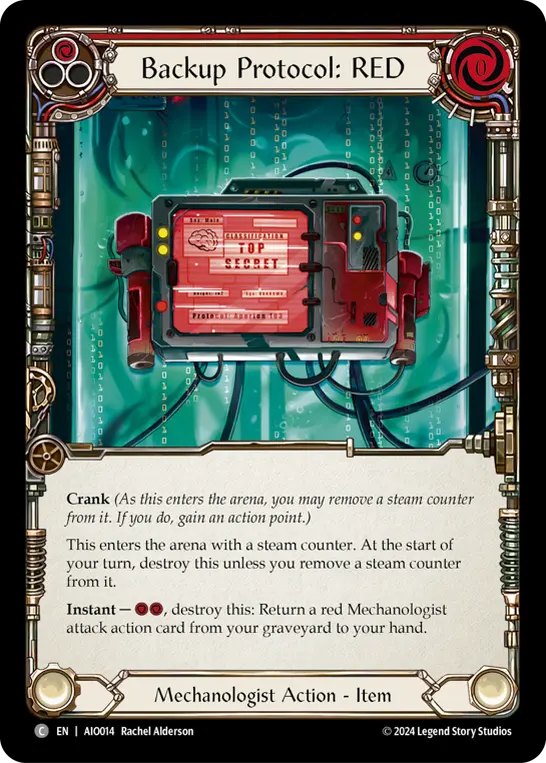


Playing two crank items in a turn is significantly easier than it looks. Several Puffin cards generate Golden Cogs, which are essentially just a free crank. On top of this, there are several powerful crank items - namely, Backup Protocol: RED and Copper Cog - that already synergize with the deck.
But drawing halfway through an offensive turn is slightly harder to utilize without warping your deck around it. You want to maximize the ability to utilize random draws for maximum value, and the Pirate version asks you to play a bunch of low impact blues and block cards that can brick that mid-turn draw.
Enter: boost cards.


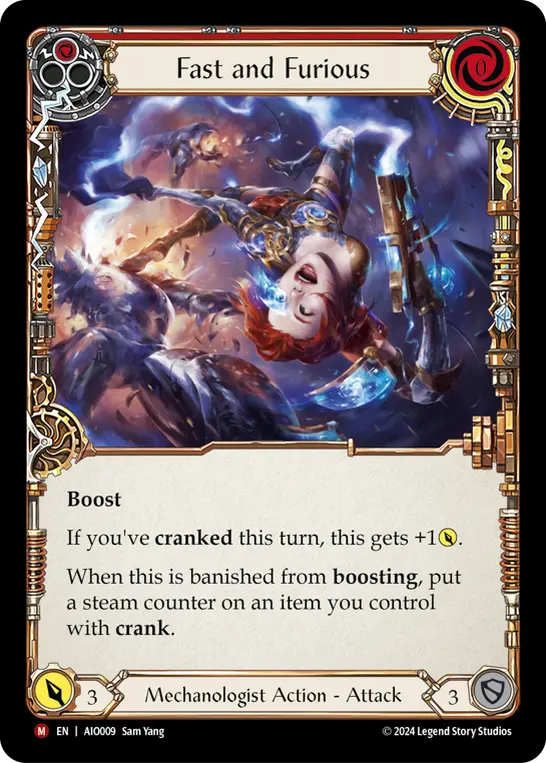
These cards are basically always good to draw in a turn: they're consistently above rate, and allow for the utilization of the resource side of Teklo Foundry Heart. Plus, they always convert offensively, which helps cover the weakness of the deck in having massive off turns without cogs.
Along with improving my Florian matchup, this build was also significantly stronger into Prism, Wizards, and Verdance, all of which I considered to be real meta threats moving forward.
Break in the System
Unfortunately, this story doesn’t end well.
I was pretty confident in my CC prep, but between taking a week off to practice Oscilio as an alternative option, the deck being incredibly hard to play and build, and missing several days to prepare for draft, it was severely under par for what I’d come to expect of myself. However, I still think there is a lot to learn, and some interesting factors to highlight about prepping a new deck.
Firstly, let’s talk about the constructed side of my run.
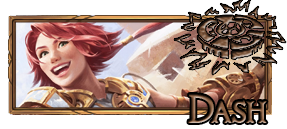
Round 1 - Dash
This round was entirely my fault for losing. As we sat down and I began table talk, my opponent joked about this being a mirror match and about how I was going to fatigue him. I took the bait, and boarded as if he was an aggro deck - and then felt incredibly stupid when he flipped pistol plan. Had I played smarter with my Jolly Bludgers and more consciously pitch stacked I think I would have got there, but I instead lost the game to slowly getting gunned down while my opponent was at single digits. Loss.

Round 2 - Kano
This game was not particularly interesting. Unfortunately, the new versions of Kano are exceptionally good at highrolling and blowing up the opponent, and the one turn I decided to go empty-handed to push damage I was killed through 3 prevention from 40. Loss. It happens.

Round 3 - Kano
This game was a little more interesting. My opponent took a big Boom Grenade early, and I was able to pressure them to go off incredibly early without enough resources to beat 5 prevention. Win.

Round 4 - Florian
An incredibly fascinating game. This Florian was one of my locals that I knew was a killer, and I was very unprepared in the matchup. I tried the anti-fatigue plan, knowing his bias for fatigue-style Florian; but even without the go again attacks, he was able to flip the script as I pushed him into single digits, ending at 1 and killing me exactly. This game displayed to me how bad the dominate package was against component opponents, and in contrast how good boost was into Earth heroes. Loss.

Round 5 - Fang
Fang has an exceptional end game and an exploitable early game, and I played the matchup as an incredibly fast aggro deck with armor hate. Got there rather decisively. Win.
Rebuilding
I’ve always strongly believed that you learn more by losing than my winning. Winning largely just reinforces patterns, whereas losing generally challenges your patterns. Especially for the insane strategy of “lock in a new hero right before a major event and try to break it”, I think trying to find every pattern to maximize is important.
- Lock in early.
I think a very large part of my failure was depth of prep. Taking time doubting the deck, playing draft, and playing different decks helped de-stress, but cost valuable time that I could have spent optimizing the list further. - Be prepared for failure.
In both my first tournament with Nightmare Nuu and with Boost Puffin, I performed significantly under what I expected from myself after testing. I think expecting to do better is a large part of the frustration both tournaments gave me; but when you look at both of these events, the losses were preventable losses with more prep, in a situation where my prep was largely limited. It’s also very arrogant to think my team and I could completely solve a new hero when it generally takes multiple teams and multiple tournaments for a hero to get anywhere near “solved”. - Be prepared to exploit opponents.
Nightmare Nuu was built in a way that easily exploited people new to Mask of Recurring Nightmares, which got me a ton of free wins at my Calling with her. Likewise, the instant speed tapping of Puffin was way harder for opponents to properly respect than I'd credited, and they constantly over-respected tricks that Puffin did not have. I think I should have built my deck to center exploiting opponents who didn’t understand the list more. - Focus on the strong parts of the hero.
Both Boost Puffin and Nightmare Nuu were focused on one core aspect of the hero, which allowed the deck to perform at a baseline higher than you’d otherwise expect with a more unfocused early list. It also helps analyze the large, new card pools more efficiently and come to more conclusive answers about how the deck should be built. - Build strong plans for top heroes.
Switching back to Puffin late in the game and with a new variant made several of my gameplans very unintuitive, making adapting on the fly to inevitable new scenarios I would face near impossible. While the sideboard was built with clear choices into top heroes, my actual gameplans were unrefined and should have had more thought put into them.
System Reboot
My favorite tournaments in FAB are the first tournaments of a format, where my skills as both a brewer and a player are tested to their extremes. While they are still skills I’m maximizing, it's insanely fun; and when I get even better at it, it’ll be my unique edge in these early tournaments.
I didn’t cover nearly everything I wanted to cover about Puffin, such as intricacies of the equipment and the bird, depth of micro decisions, and all of the different builds available (there’s at least 4 viable ones right now); but I expect to be writing about this hero and refining this hero for a very long time. In the meantime, keep Cranking your Cogs!

